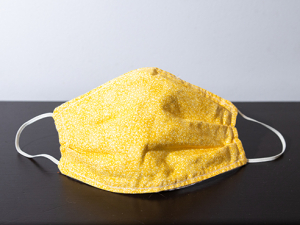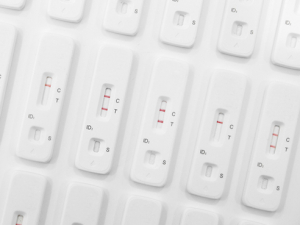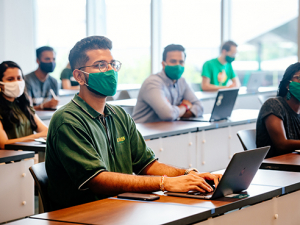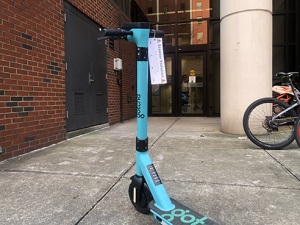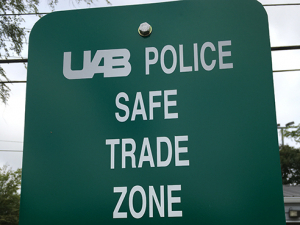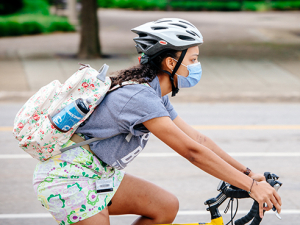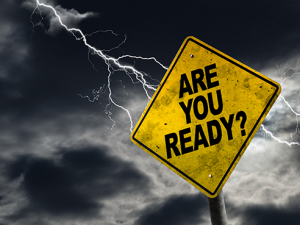According to the U.S. Fire Administration (USFA), two of five home-decoration fires are caused by unattended candles, and one in four Christmas tree fires is caused by home electrical problems.
Common sense says not to leave fireplaces unattended or place plants too close to your radiator. But the small flame of a candle or forgetting to water a live Christmas tree can be as dangerous.
Plus, using space heaters without safety precautions to stay warm during the winter months can cause problems, not just at home, but in your office environment.
“Practicing winter holiday safety is extremely important,” said Robert Emmons, campus safety manager for UAB Environmental Health and Safety. “It’s key to remember some basic safety tips to keep you and your family safe this season.”
Protect yourself, your home and your family from the dangers of fires during the holidays:
Give your heat sources some space.
Heat sources too close to Christmas trees cause one in four winter fires, according to the
USFA. The
Red Cross recommends keeping keep your trees, candles and other decorations, such as
rugs and wrapping paper, at least three feet from fireplaces, radiators, space heaters, candles and heat vents.
Mind your Christmas tree.
Home tree fires aren’t common, the
USFA says, but when they occur, they are dangerous: Someone dies in one of every 45 Christmas tree fires. The best way to prevent tree fires is to purchase a flame-retardant metallic or artificial tree, says the
Red Cross, but if live trees are part of your traditions, be sure it has fresh, green needles that don’t break easily. Then, water them often to ensure they don’t dry out, which makes them more flammable.
Cook with caution.
The
Red Cross advises holiday cooks to keep anything that can catch on fire, such as pot holders, oven mitts, wooden utensils, paper or plastic bags, food packaging materials and towels or curtains, away from stove tops and ovens. And keep an eye on that special casserole you’re making: According to the
National Fire Protection Association (NFPA), the leading cause of kitchen fires is unattended cooking.
“If you’re sleepy or have consumed alcohol, don’t use the stove or stovetop,” Emmons said. “Plus, always stay in the kitchen when you’re cooking food; if you leave the kitchen at all, be sure to turn off the stove and move anything that can catch fire away from it.”
Read the instructions.
There are limits to the number of holiday light strands you can string together, says the
USFA, and each brand or model can be different. Be sure to read the manufacturer’s instructions before decorating. Also, ensure your light strings are in good condition: If the cords are frayed or splitting, it’s time to find replacements.
Keep an eye on your candles.
In old-fashioned Christmases, real trees were lit using wax candles. Now, holiday décor is much safer, but it’s still important to keep candles at least 12 inches from anything flammable and three feet from your live Christmas tree, according to the
USFA. It’s possible to purchase electric menorahs or kinaras, but if you prefer to use traditional flammable candles, the
Red Cross recommends setting them on a nonflammable surface, such as a tray covered in aluminum foil.
Use space heaters responsibly.
Follow the NFPA’s
heater checklist when purchasing and setting up space heaters in your home. Nearly half of all space heater fires involve electric space heaters, so it’s important to be cautious. Be sure the heater features automatic shut-off tip-over protection, and always plug it directly into a wall outlet, rather than an extension cord. Always unplug them when you leave a room or go to sleep.
“The NFPA says space heaters are involved in nearly 80 percent of fatal home fires,” Emmons said, and he recommends inspecting for loose connections and cracked or damaged plugs and cords.
UAB has a strict
space heater policy to avoid fire hazards: Heating elements must be limited to 212 degrees Fahrenheit, and the heater must be electric and automatically switch off if it tips over. Plus, heaters should be kept more than 36 inches away from combustible materials such as paper, curtains, furniture, clothes and trash.
Check your smoke alarm.
Aside from decorating safely and smartly, smoke alarms are the first line of defense against home fires. The
Red Cross recommends installing smoke alarms near kitchens, on each level of your home, near sleeping areas and both inside and outside bedrooms. Replace batteries once per year, and test the alarm each month to make sure always works properly.

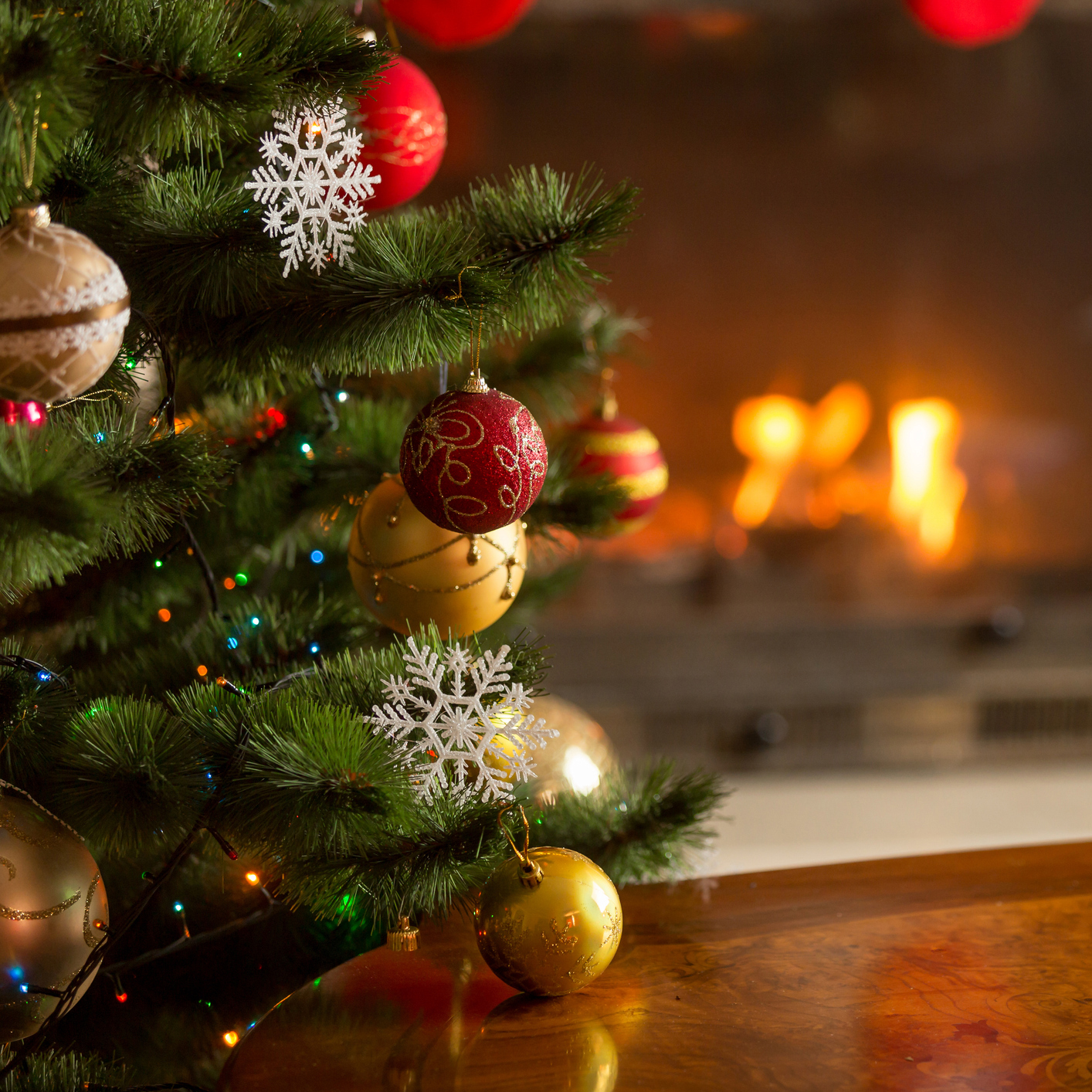
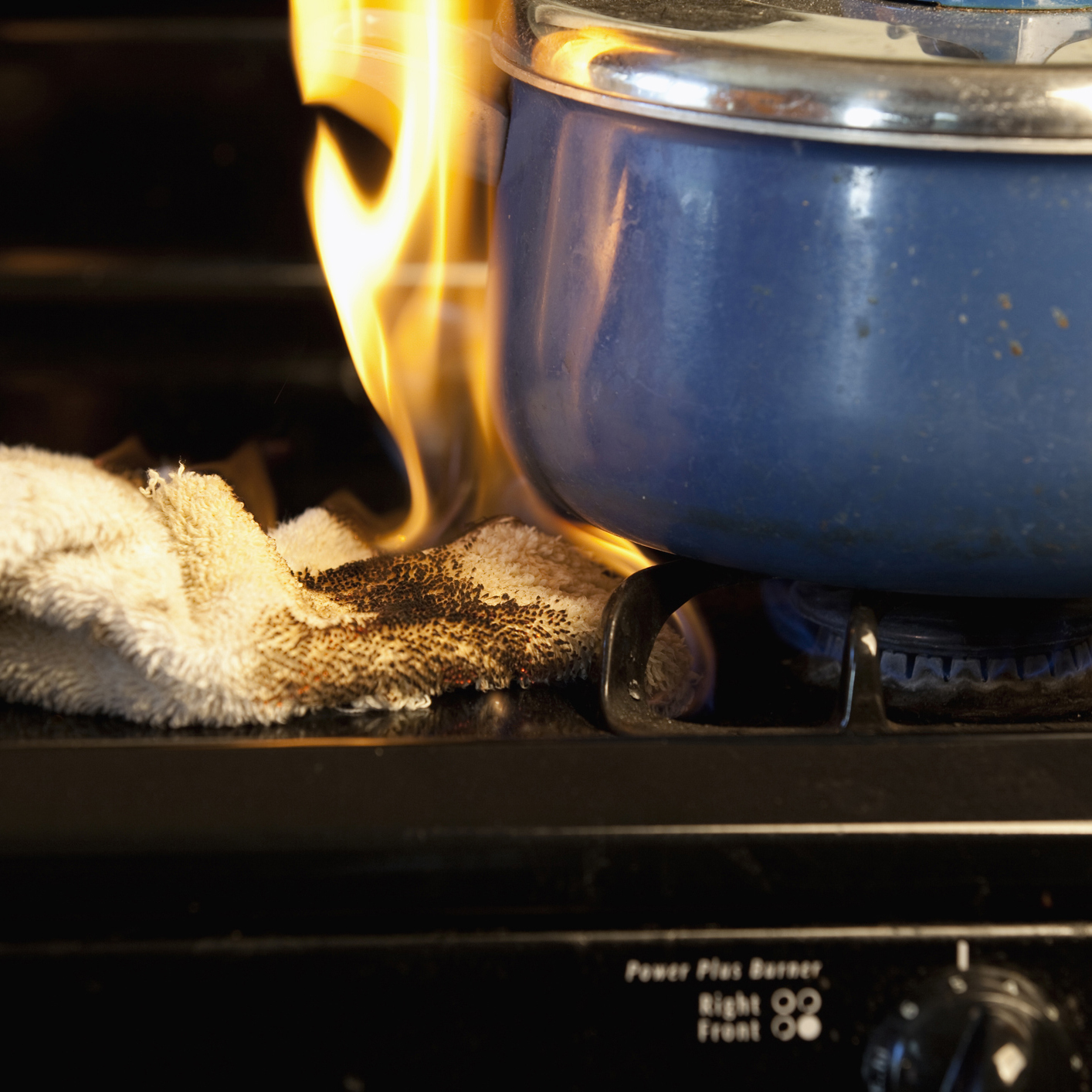
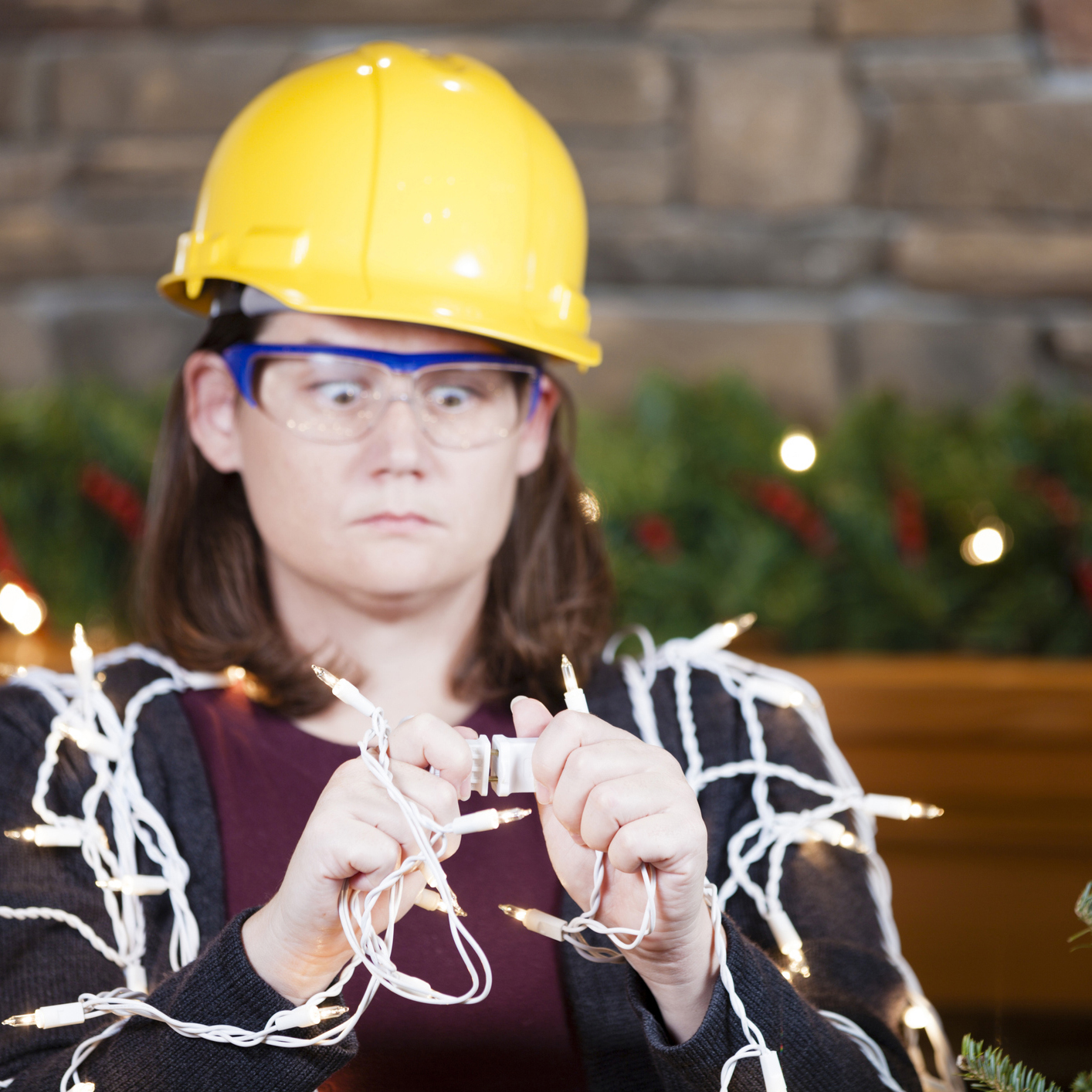
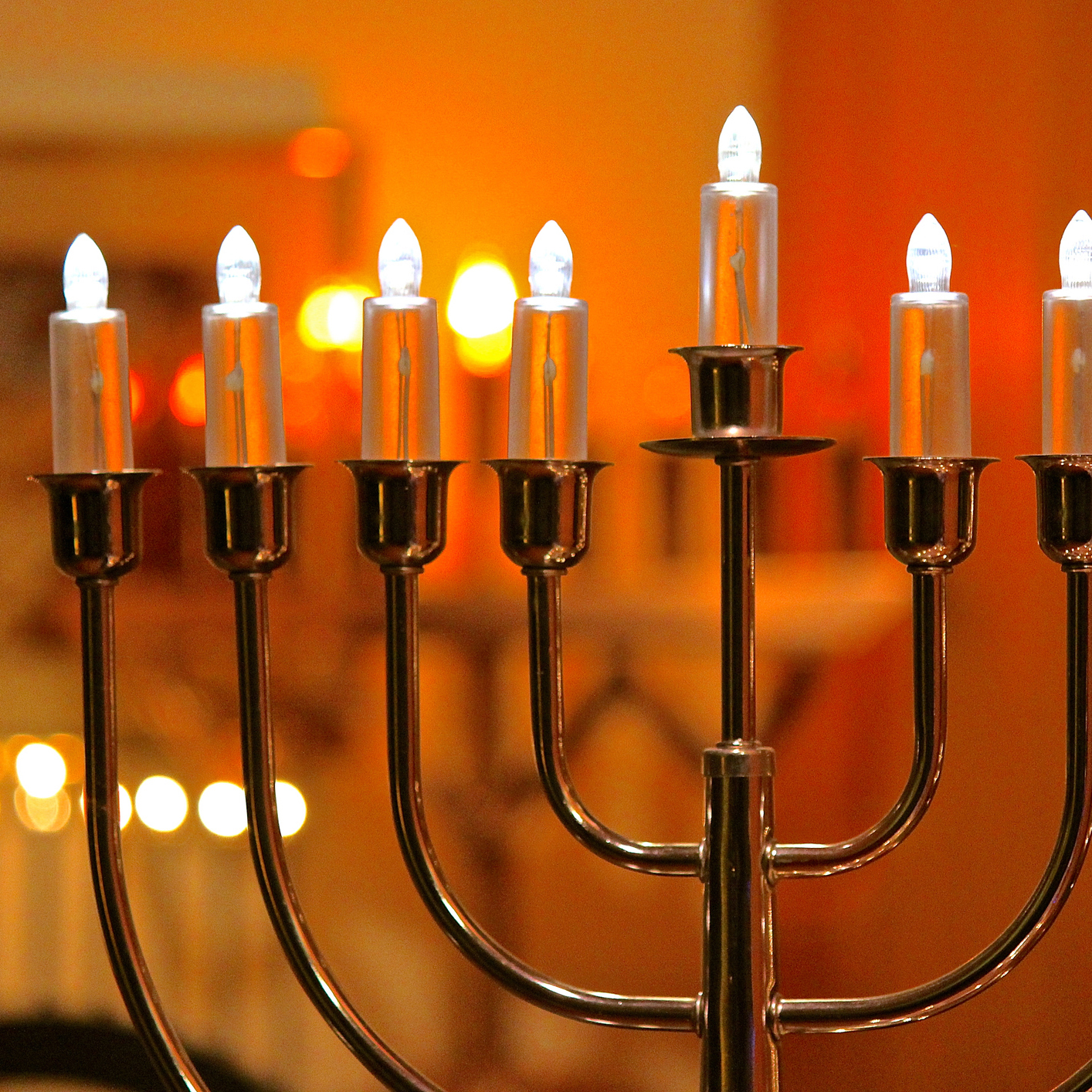

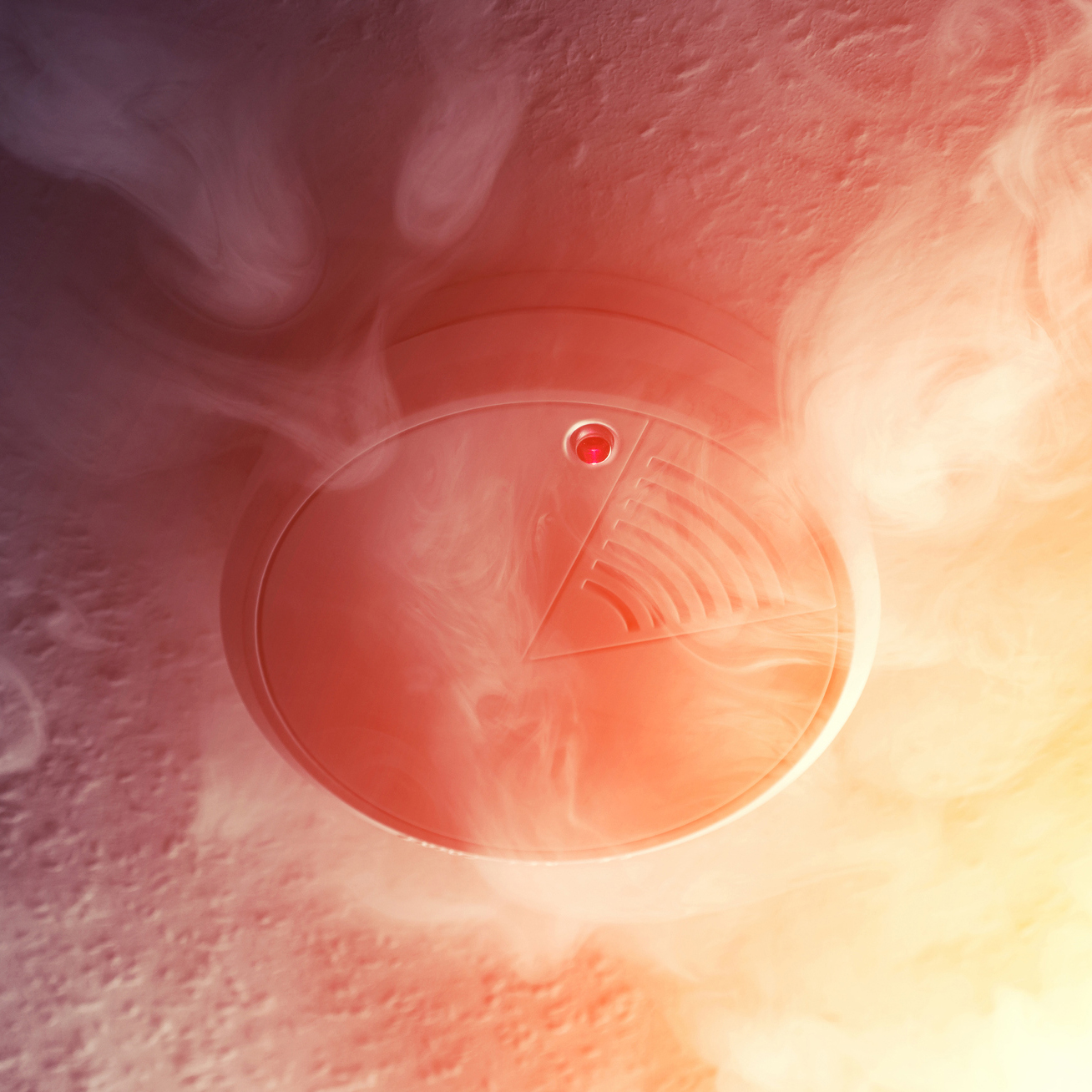

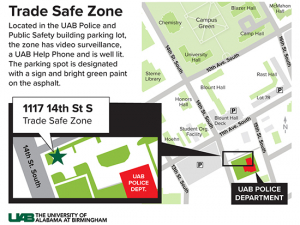
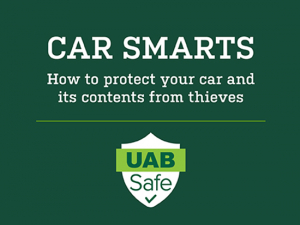




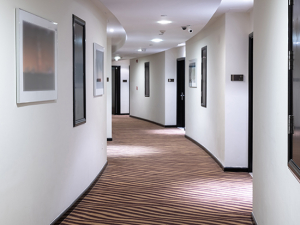


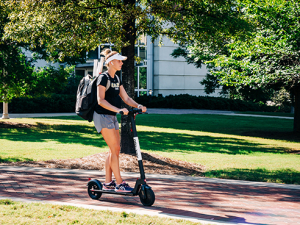




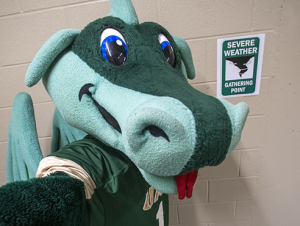
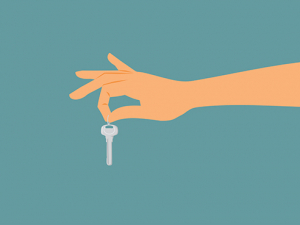
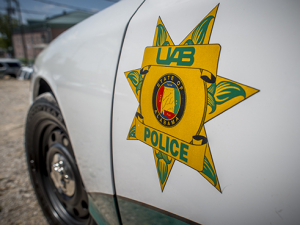


 UAB is committed to fostering a safe and inclusive environment for all Blazers. From mobile apps to bus escort services to B-Alerts and more, make sure you’re up to date on all the ways to stay safer on campus.
UAB is committed to fostering a safe and inclusive environment for all Blazers. From mobile apps to bus escort services to B-Alerts and more, make sure you’re up to date on all the ways to stay safer on campus.

